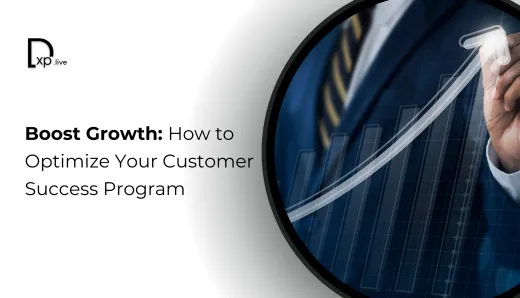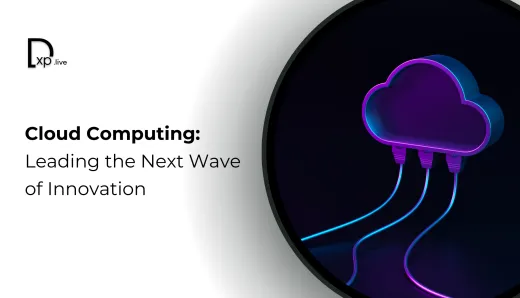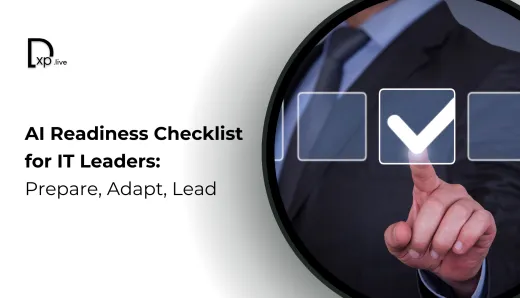Crack the Code: How Behavior-Based Triggers Are Transforming Email Marketing

Behavior-based triggers are revolutionizing the way marketers engage with their audiences, shifting the focus from static, scheduled campaigns to dynamic, action-oriented interactions. These triggers allow businesses to send highly relevant messages based on specific user actions, transforming the customer journey into a personalized and seamless experience. But what makes behavior-based triggers so powerful, and how can they be implemented effectively?
At their core, behavior-based triggers are all about timing and relevance. By leveraging real-time data, AI algorithms, and behavioral analytics, these triggers enable brands to engage users at critical moments—whether it’s following a purchase, after abandoning a shopping cart, or post-content consumption. This kind of engagement goes beyond traditional email marketing; it taps into the psychology of user behavior to create more meaningful connections with consumers.
Understanding Behavior Triggers
The key to effective behavior-based triggers is understanding user intent. While traditional email campaigns rely on scheduled sends or broad segmentation criteria, behavior-based triggers are designed to respond to specific actions taken by a user. These actions—such as browsing certain product categories, signing up for a webinar, or making a purchase—provide valuable insight into the user’s current state of mind and intent.
For example, when a customer abandons their shopping cart, it suggests hesitancy in the purchase decision. This moment presents an ideal opportunity to send a trigger email offering assistance, a discount, or more information about the product, turning potential lost revenue into a completed sale. Similarly, behavior-based triggers can be used for onboarding new users, re-engaging lapsed customers, or upselling after a recent purchase.
The real power of behavior triggers lies in their ability to be contextually relevant. Since these emails or messages are sent in response to a specific action, they inherently feel timely and personalized. This level of relevance is what leads to higher engagement rates, increased conversions, and more satisfied customers.
AI-Powered Triggers: The Next Level of Personalization
While behavior-based triggers can be set manually, the real potential comes when AI is involved. AI algorithms are particularly adept at identifying patterns in user behavior that may not be immediately obvious. This allows for more sophisticated trigger setups, such as predicting when a customer is likely to churn or when they may be ready to make a repeat purchase.
For instance, AI can monitor a wide range of user behaviors, from the frequency of website visits to interactions with customer service. By analyzing this data, AI can trigger personalized messages at the optimal time to prevent churn, encourage upsells, or deepen user engagement. This kind of automation is not only more efficient but also significantly more effective than traditional one-size-fits-all marketing tactics.
Use Cases: Maximizing the Impact of Behavior Triggers
Behavior-based triggers can be applied across multiple touchpoints in the customer journey. Some of the most impactful use cases include:
- Abandoned Cart Emails: One of the most widely used behavior triggers, these emails are sent when a customer leaves items in their shopping cart without completing a purchase. AI can enhance these triggers by determining the ideal time to send a follow-up email and personalizing the content based on browsing behavior and cart contents.
- Post-Purchase Follow-Ups: Sending a thank-you email or requesting a review post-purchase can be an excellent way to keep users engaged. AI can take this a step further by recommending complementary products based on past purchases or predicting when a customer is likely to need a refill or replacement.
- Content Consumption Triggers: For businesses that rely on content marketing, behavior-based triggers can help push users further down the funnel. For instance, if a user reads several blog posts about a particular topic, a trigger email could offer a white paper or an invitation to a webinar on that subject.
By integrating AI into these use cases, marketers can deliver highly relevant and timely messages that feel less like marketing and more like personalized recommendations.
Challenges and Best Practices
While behavior-based triggers offer significant advantages, they also come with their own set of challenges. The most common issue is ensuring that the data used to trigger these emails is accurate and up-to-date. Poor data quality can lead to irrelevant or mistimed emails, which can frustrate customers rather than engage them. It’s crucial to have a robust data collection and management process in place, and ensure that your triggers are set based on real-time insights. Outdated or incorrect triggers can erode customer trust, making your email efforts feel intrusive rather than helpful.
Another challenge is avoiding over-saturation. Behavior-based triggers are powerful, but sending too many triggered emails in a short period can overwhelm users and lead to higher unsubscribe rates. The key is balance. Use AI to fine-tune the frequency of your communications, ensuring that each message delivers real value rather than becoming noise in the customer’s inbox.
It’s also important to avoid relying solely on triggers. While they are effective for certain types of interactions, they should complement rather than replace broader email marketing strategies like newsletters or promotional campaigns. A well-rounded approach ensures you’re engaging users at both the macro and micro levels of their journey.
The Future of Behavior-Based Triggers
As AI technology advances, behavior-based triggers will become even more sophisticated. Future innovations may include AI-driven sentiment analysis that can adjust the tone of messages based on a customer’s emotional state or predictive analytics that trigger messages before a behavior even occurs, based on forecasting models.
Additionally, the integration of AI-powered voice assistants and conversational AI could allow for more interactive triggers. Imagine a scenario where a user browses a product page, and moments later receives a personalized message not just in their inbox, but via a voice assistant that provides an interactive offer or recommendation.
The shift from reactive triggers (responding to a completed behavior) to proactive triggers (anticipating user needs) will be one of the most exciting developments in the coming years. This will enable brands to stay a step ahead in delivering value, creating even deeper connections with their audience.
Behavior-based triggers represent a fundamental shift in how brands engage with customers
By using AI to automate and optimize these triggers, businesses can deliver highly relevant, timely, and personalized messages that feel less like marketing and more like tailored assistance. The key to success lies in leveraging accurate data, balancing communication frequency, and continuously refining the customer experience through feedback loops.
As AI continues to evolve, expect behavior-based triggers to play an even more central role in the future of marketing automation, driving more meaningful engagement and higher conversion rates. Brands that embrace this approach now will be well-positioned to deliver a superior customer experience that keeps users engaged, loyal, and coming back for more.




